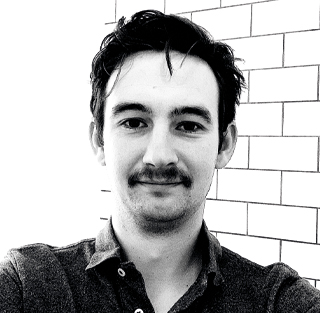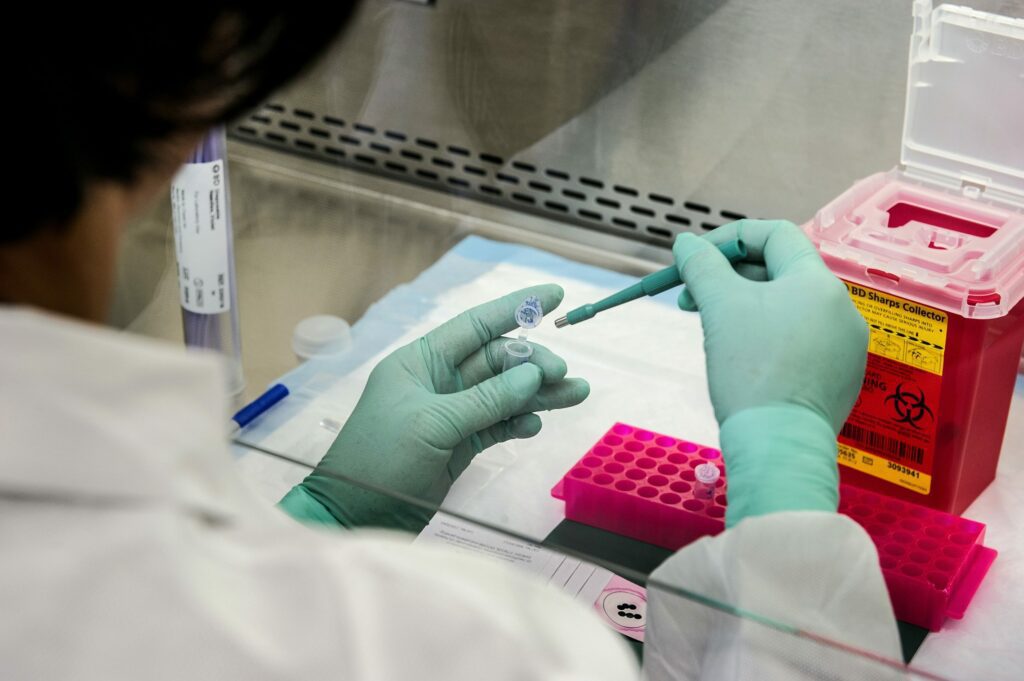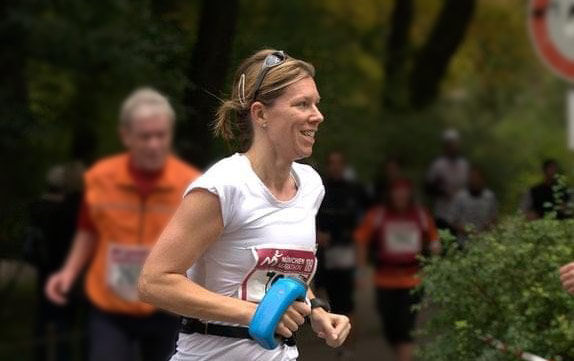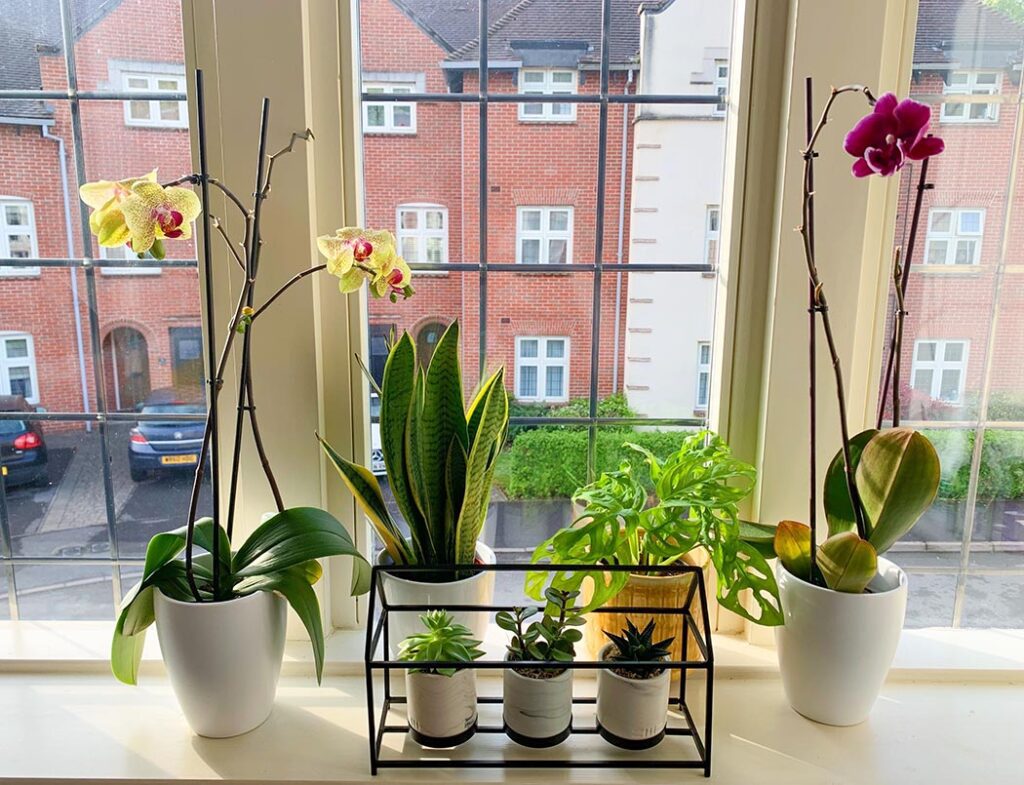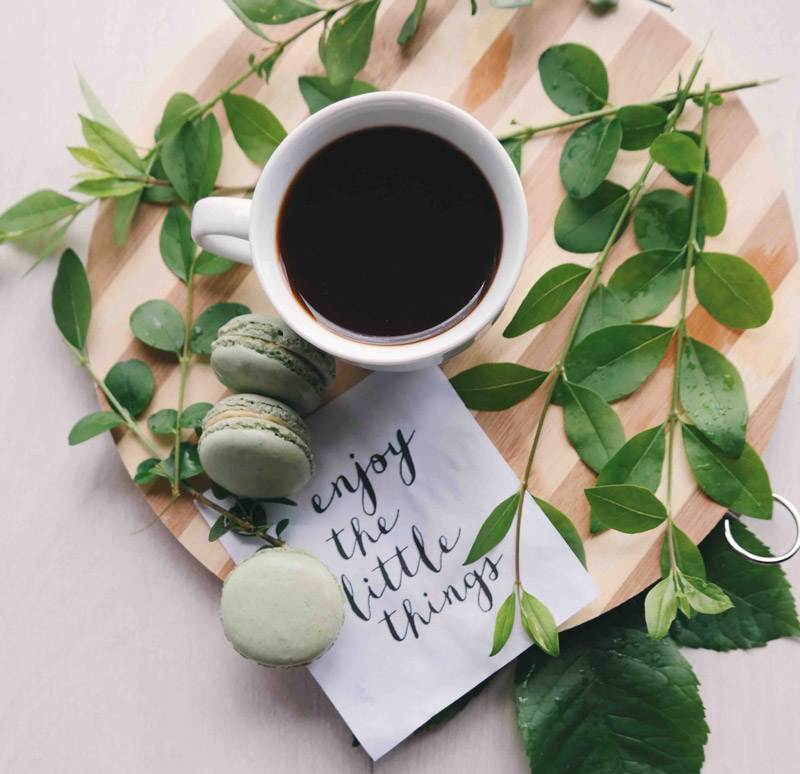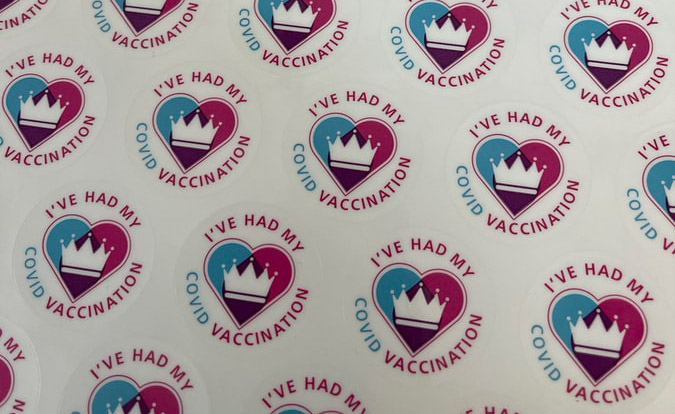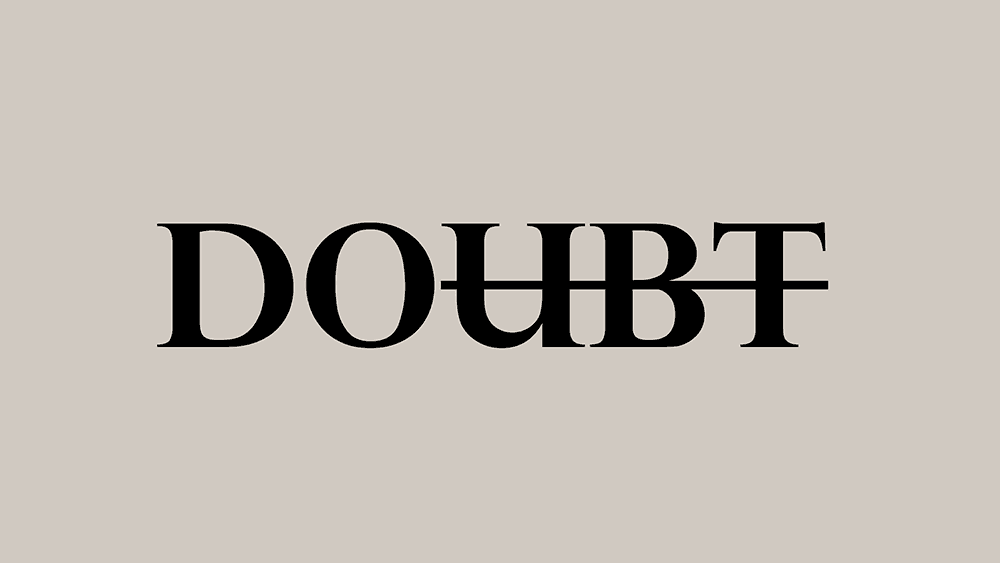
It has come to that time of year where I am starting to think about my upcoming appraisal and I, like many others, struggle with the question “What achievements are you most proud of?” For some reason we just aren’t wired to take pride in our own hard work and achievements.
In the Client Services Team, we are constantly striving to improve and streamline the way we work – improving the offering that we can provide to our colleagues and clients. Our work is driven by the question “What If?” What If there is a better way to approach this project? What If there is a piece of software that can complete this job in a quarter of the time? What If there is a process that is more efficient?
At home, the What If question has also crept in – to varying degrees:
I’m out of fresh lime for my G&T, What If I used a slice of orange instead?
What If you really can panic-buy too much tinned soup?
What If my partner doesn’t get any more work this year?
What If one of us gets sick?
Some of these questions are simple – turns out a slice of orange in your G&T is rather lovely. But other questions open up a daunting world of uncertainty and we have all faced an awful lot of that in the past couple of years.
In her book, Daring Greatly, Brené Brown talks about the importance of vulnerability, of stepping out of your comfort zone and stepping into the arena:
“Perfect and bulletproof are seductive, but they don’t exist in the human experience. We must walk into the arena… a new relationship, an important meeting, our creative process… with the courage and willingness to engage. Rather than sitting on the sidelines and hurling judgement and advice, we must dare to show up and let ourselves be seen.”
That’s the beauty of the What If question – whilst it requires you to be vulnerable, to step into the arena and embrace the unknown, it is ultimately empowering. You are pushed to ask the more challenging questions of yourself. What If this method is no longer working for us? What If I had the one idea that makes all the difference to a client marketing campaign? And that is also the beauty of working at a company like Makara. No matter what your career background or your position in the organisation, we are all actively encouraged every day, to step into the arena – everybody has a valid contribution, everyone has a valid viewpoint.
As a result, last year, I pledged myself to step into the arena more often. If someone sent a call out for ideas, I would respond with at least one contribution. When the request went out for a blog piece, I said yes. And I have continued to push for solutions for problems we thought were unsolvable – always asking the question What If? What if there is another way? What If we just aren’t asking the right questions yet?
When my annual review came around last year, Makara Health asked me What If you were the Client Services Team Manager? The offer was overwhelmingly flattering but also incredibly daunting. But here I am, nearly one year on, out of the comfort zone and firmly planted in the arena.



